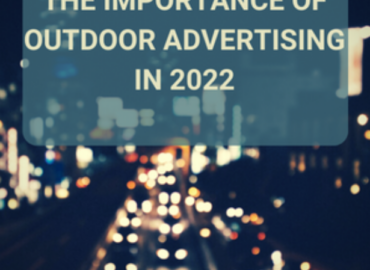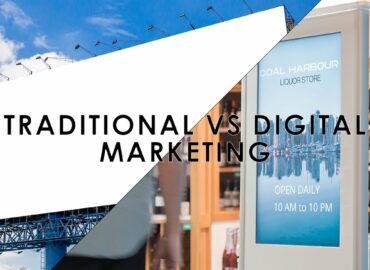The End of Online Advertising and the Rise of DOOH
On the third of May 1978, an historical first occurred. On ARPANET, a precursor to the modern-day internet, a salesperson from DEC, an early computer manufacturer, sent a message across the network advertising DEC’s latest model of computer. This was the first digital advertisement ever conceived. Over the subsequent 44 years, digital advertising has been the cause of the greatest revolution in the advertising industry since the invention of the printing press. Today, digital advertising makes up the majority of advertising spending around the world by a significant margin. So how can such a behemoth be stopped? One word: Privacy.
The three main advantages of digital advertising have been that it can supply a lot of eyeballs, campaigns can be created quickly and that it can provide superior data compared to other advertising mediums. However, that third advantage is being undermined by a public that is increasingly concerned around their privacy. In a recent Pew poll, 79% of Americans said they were concerned about the data corporations were collecting on them. Consumers’ concerns over privacy have caused companies to adjust their data collection policies to lower the amount of data third parties can collect. Two recent examples of this are Apple adding features that make it more difficult for third-party apps to track the user’s location and Google’s upcoming ban on cookies. These new features will vastly decrease the data digital advertisers can collect and make it much more difficult to create effective digital ad campaigns. The new Apple privacy feature alone will cost social media firms $10 billion dollars in 2022 according to the Financial Times as it will lower the value of their ad businesses.
So how will this hurt digital advertising? Well without the big data which has always backed up digital advertising, the medium looks far less attractive. Digital ads have always been criticized for being less engaging than ads in other mediums and without the data to target the most interested consumers their effectiveness will decrease. Digital advertising is not going to disappear, no other medium can get so many eyeballs, but it will be diminished. This opens the door for advertisers to look at exciting new alternatives.
That is where Digital-Out-Of-Home (DOOH) advertising comes in. DOOH is a combination of two advertising mediums, one old and one new. Obviously, out of home advertising has existed forever in the form of billboards or poster campaigns. However, by combining this traditional medium with new digital technologies we can create a much more compelling synthesis. For example, by having billboards now be digital instead of printed billboards you can quickly change ads, run multiple ads in sequence and take advantage of video advertisements. As well, many DOOH providers have better data collection options then traditional Out-Of-Home advertising options and can replace much of the targeting data advertisers used to get from digital advertising. For example, at INEO we profile the locations where we put our screens so we can provide our advertisers with demographic information on what type of consumers frequent each location as well as how many consumers will see their ad. With the future of traditional digital advertising in doubt it may be time to consider moving some of your ad budget to DOOH and there is no better place to start than INEO. We offer data comparable to digital advertising with the effectiveness of targeting consumers when they are actively going out to purchase. If any of this sounds interesting to you, please contact [email protected] to learn more.




